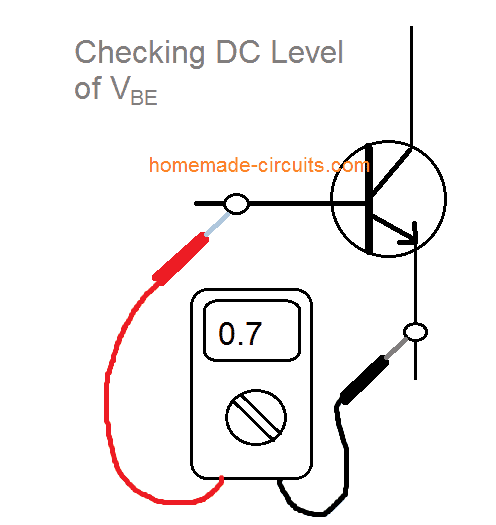In BJTs or bipolar transistors, transfer characteristics can be understood as plotting of an output current against an input-controlling magnitude, which consequently exhibits a direct “transfer” of variables from input to output in the curve represented in the graph. We know that for a bipolar junction transistor (BJT), the output collector current IC and the […]
BJT
How to Troubleshoot Transistor (BJT) Circuits Correctly
Troubleshooting BJT circuits is basically a process of identifying the electrical faults in the network using multimeters across the various nodes in the circuit. BJT troubleshooting techniques is a huge topic and therefore including 100 % solutions and strategies can be perhaps difficult within a single article. Basically, the user should know about a handful […]
Bipolar Transistor (BJT) – Construction, and Operational Details
A bipolar transistor or a BJT is a 3 terminal semiconductor device which is able to amplify or switch small signal input voltages and currents to significantly larger output signal voltages and currents. How Bipolar Junction Transistor BJTs Evolved During 1904–1947, the vacuum tube was unquestionably the electronic device of great curiosity and growth. In 1904, […]
Voltage-Divider Bias in BJT Circuits – More Stability without beta Factor
Biasing the terminals of a bipolar transistor using a calculated resistive divider network for ensuring an optimal performance and switching response is called voltage divider biasing. In the previous bias designs that I have explained the bias current ICQ and voltage VCEQ were a function of the current gain (β) of the BJT. But, as we […]
Emitter-Stabilized BJT Bias Circuit
A configuration in which a bipolar junction transistor or a BJT is reinforced with an emitter resistor for enhancing its stability with regards to changing ambient temperatures, is called an emitter stabilized bias circuit for BJT. We have already studied what is DC biasing in transistors, now let’s move ahead and learn how an emitter […]
Load-Line Analysis in BJT Circuits
So far we have been studying BJT analysis dependent on the level of β over their corresponding operating points (Q-point). In this discussion we will check out how a given circuit conditions can help in determining the possible range of operating points or Q-points and in establishing the actual Q-point. What is Load Line Analysis […]


